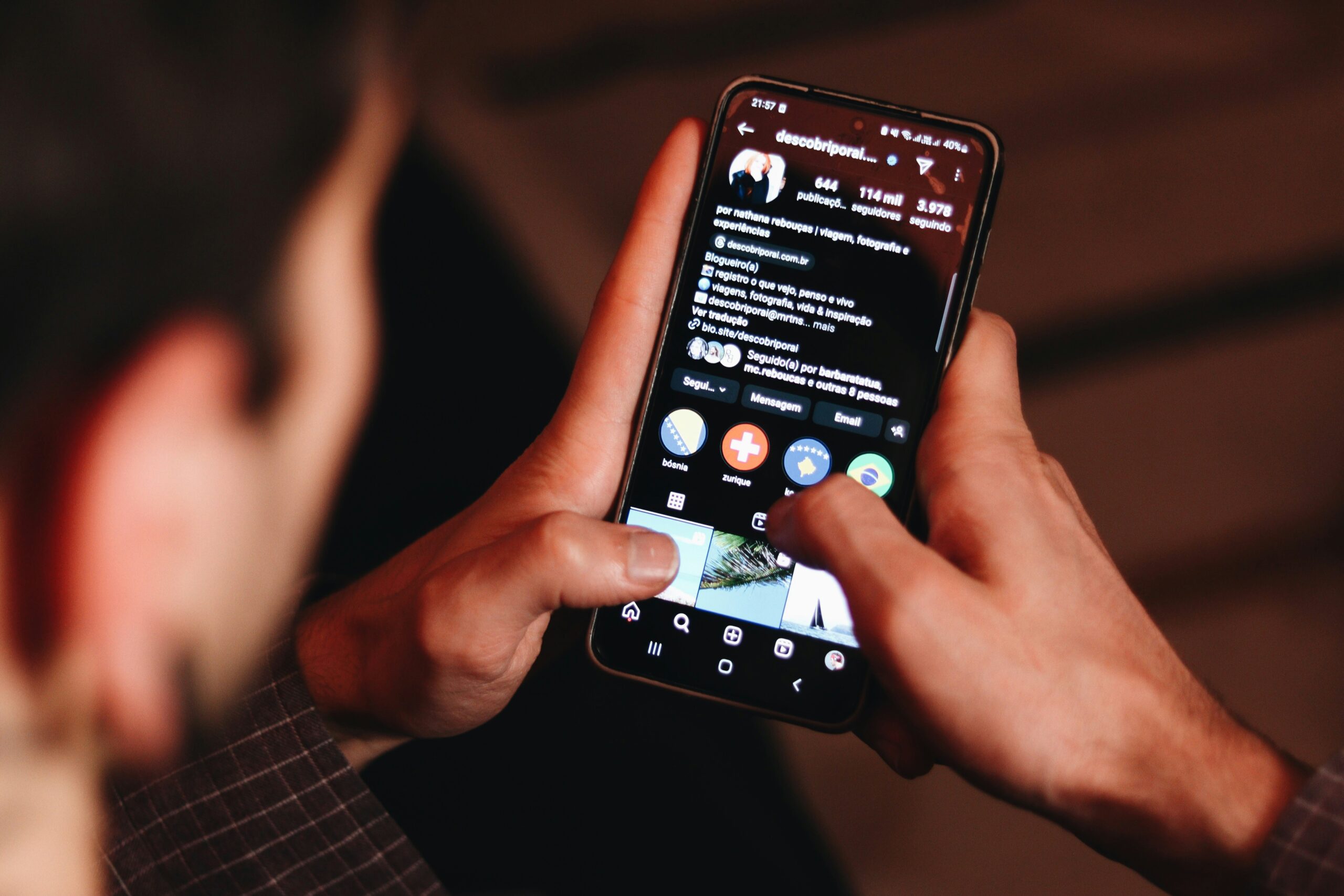
A Case Study: Social Media Marketing for Increased App Downloads
Background: Setting the Stage for Success
This case study focuses on “MyFitnessApp,” a mobile application designed to help users achieve their fitness goals through personalized workout plans, nutritional guidance, and progress tracking. Our target audience was young adults (18-35) interested in health and fitness, but initially, marketing efforts were minimal, resulting in low brand awareness and limited downloads. MyFitnessApp’s unique selling proposition (USP) is its AI-powered personalized workout plans, adapting to individual fitness levels and goals.
The Problem: Low App Downloads and Engagement
Despite positive user reviews, app downloads remained low, averaging only 500 per month. User engagement was equally disappointing, with an average session duration of less than 5 minutes. The primary challenge was low brand awareness within the target demographic. Our initial marketing strategy was inadequate, lacking a cohesive approach and targeted reach. We needed a solution to increase organic app installs and boost user engagement.
Our Solution: A Multi-Platform Social Media Strategy
To address the low download numbers, we implemented a comprehensive social media app promotion strategy across TikTok, Instagram, and Facebook. These platforms were selected because they boast large, engaged audiences within our target demographic. Our content strategy focused on short, engaging videos showcasing app features, user success stories, and behind-the-scenes glimpses into the app’s development. We adopted a positive and motivational tone, aligning with the app’s brand values.
Content Pillars: Engaging the Audience
Our content pillars included:
- Before & After Transformations: Showcasing user success stories.
- Workout Tips & Tricks: Short, informative videos offering fitness advice.
- Behind-the-Scenes: Offering glimpses of app development and team culture.
- User-Generated Content: Reposting user workout videos and progress updates.

Paid Advertising: Targeted Reach
We implemented paid advertising campaigns on all three platforms, targeting users based on demographics, interests (fitness, health, wellness), and behaviors (engagement with similar fitness apps). Our ad creatives mirrored the organic content style and included clear calls to action, directing users to the app store download page. We allocated a budget of $500 per platform per month, optimizing spending based on performance data.
Influencer Collaboration: Amplifying the Message
We partnered with three micro-influencers in the fitness niche. Each influencer created sponsored posts featuring MyFitnessApp, sharing their experiences and encouraging their followers to download the app. This collaboration significantly expanded our reach and credibility.
Results: The Impact of the Social Media Campaign
The social media marketing campaign yielded significant results. Within three months, app downloads increased by 400%, reaching an average of 2500 downloads per month. Average session duration rose to 20 minutes, indicating improved user engagement. Overall, our case study app marketing efforts showcased a remarkable ROI. The increase in organic app installs was particularly notable, demonstrating the effectiveness of our content strategy.

Lessons Learned: Key Takeaways and Future Strategies
This campaign highlighted the importance of consistent posting, precise audience targeting, A/B testing various content formats, and continuous data analysis for campaign optimization. Future strategies will include exploring new social media platforms, expanding influencer collaborations, and integrating user feedback to further enhance the app and its marketing.
FAQ
What social media platforms were used?
We used TikTok, Instagram, and Facebook, chosen for their large reach within our target demographic and their suitability for short-form video content.
What type of content performed best?
Short, engaging videos showcasing user transformations and workout tips consistently outperformed other content formats.
How much was spent on advertising?
A total of $1500 per month was allocated to paid advertising across the three platforms.
What were the biggest challenges?
The biggest challenges included creating engaging content that resonated with our target audience and optimizing ad targeting for maximum ROI.
What are the next steps for the app’s marketing?
Future marketing plans involve exploring additional platforms like YouTube and Pinterest, expanding influencer partnerships, and refining ad targeting based on campaign data. We also plan to implement a robust app review management strategy to maintain a positive app store rating. We will also analyze competitor data from companies like Hootsuite, who provide helpful insights into social media marketing best practices. We also learned a lot from Llama Lead Gen’s case study on generating app installs. For more tips on app marketing strategy see our guide on Mastering App Marketing: ASO and Beyond. We found that understanding the basics of mobile app marketing, as detailed in this guide, was crucial to our success. Learning how to use social media effectively for Shopify app marketing, as outlined in this article, provided valuable insights. For a deeper dive into paid advertising, you can check out our guide on How to Master Google Ads for App Marketing. And to learn more about ASO, read our comprehensive guide on The Ultimate Guide to App Store Optimization (ASO) and ASO Strategies for App Store Optimization Success.



